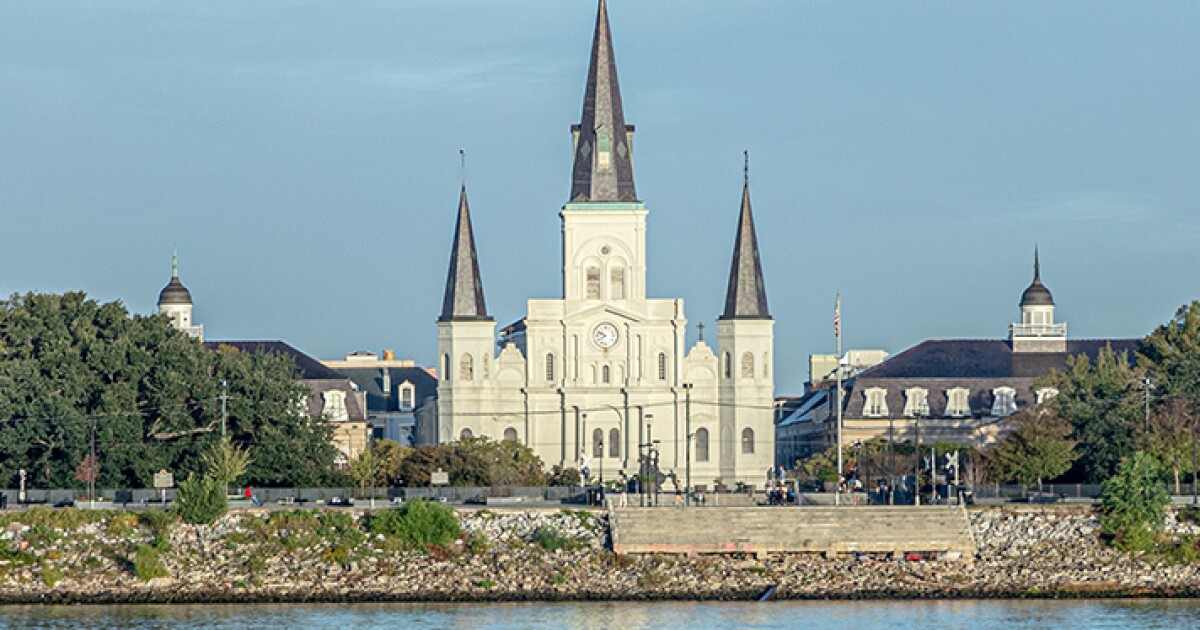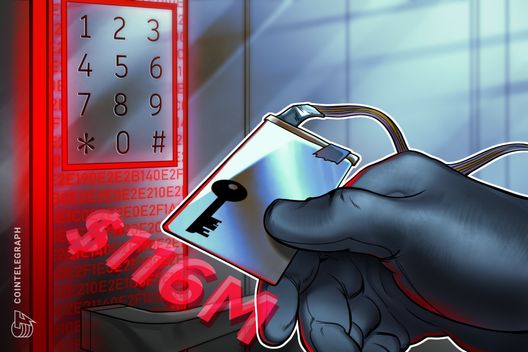New York congestion pricing planned to begin in January
3 min read

Kevin P. Coughlin / Office of the Governor
New York now has a start date for congestion pricing, the long-awaited, much-delayed toll that will help fund the Metropolitan Transportation Authority’s capital plan.
Gov. Kathy Hochul announced Thursday the program will begin on January 5 — half a year after it was scheduled to start, and with 40% lower tolls.
The tolling program, which would charge drivers entering Manhattan’s Central Business District, is intended to decrease traffic and pollution and generate $1 billion per year for the MTA. But political pressure has stymied the policy in one way or another since it was first proposed more than a decade ago.
“By getting congestion pricing underway and fully supporting the MTA capital plan, we’ll unclog our streets, reduce pollution and deliver better public transit for millions of New Yorkers,” Hochul said at a press conference.
The governor also committed to funding the MTA’s $69 billion
“The MTA is ready to do its part to use the money we’re gonna receive [for] the capital program [from] congestion pricing efficiently, to build out the improvements that this program will support,” said MTA Chair Janno Lieber at Hochul’s press conference.
The state will race to turn on the tolls before President-elect Donald Trump is inaugurated; he
Congestion pricing revenue was supposed to make up $15 billion of the MTA’s 2020-2024 capital plan, but the governor
The new tolls will be 40% lower than the original plan, which
$9 is the lowest toll that the federal government studied in its environmental review of congestion pricing. Hochul said she intends to keep the tolls at these rates for three years.
Bus service for the outer boroughs of the city, which have less subway service and more car commuters, will get a boost, funded by the tolls.
Baye Larsen, vice president at Moody’s Ratings, said the reintroduction of congestion pricing aims to stabilize MTA funding despite the political risks in implementing it.”
“Moving forward with a lower toll would demonstrate the state’s commitment to MTA’s infrastructure, but raises questions about transit and rail affordability amid capital funding shortfalls and low ridership,” Larsen said.
Congestion pricing will still have to withstand
Opponents of congestion pricing are still seeking to kill the plan. New York Congresswoman Nicole Malliotakis suggested procedural avenues to do so in a statement.
“With Gov. Hochul now changing the terms of this cash grab, the MTA’s Traffic Mobility Review Board must allow a new public comment period and the Federal Highway Administration should require the MTA to complete an Environmental Impact Statement to determine this new proposal’s impact on traffic, pollution and the economy,” Malliotakis said.
“We also continue to reiterate our concerns to the incoming Trump administration and have confidence that he will terminate this burdensome tax on commuters once he assumes office,” her statement concluded.
In a statement, Trump did not say he would prevent the tax, but did say he “strongly disagrees” with the plan, and declared that “it will be virtually impossible for New York City to come back as long as the congestion tax is in effect.”







